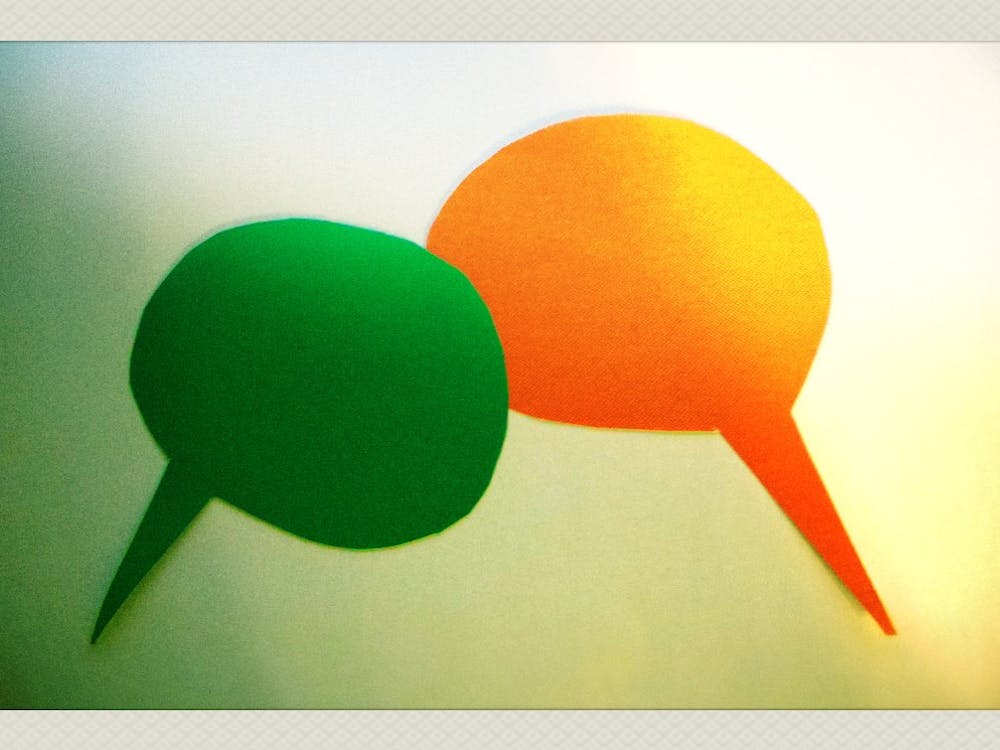For the past few months, headlines about ISIS have been sweeping the news cycles. Tension in the Middle East has been on the rise for years now, but earlier this week, U.S. President Barack Obama announced that an additional 1,500 troops will be sent to Iraq to help train Iraqi army soldiers to combat ISIS on the ground. This change in our nation's approach to ISIS marks a shift in strategy from air missiles and drone strikes to boots on the ground and draws new attention to the events occurring in the region. The perpetual states of war experienced by Iraq and Syria are not only detrimental to its citizens, but also risks the lives of past civilizations of the Mediterranean.
Around mid-January of this year, news circulated that ISIS was going through archaeological sites and destroying Byzantine mosaics, Grecco-Roman statues and other great works of the cultured past of the region. They dismantled and destroyed patrimonial icons of the past because they found the message of the religious works opposed that of the Islamic State. "Art" is far more than paintings and sculptures guarded by four walls in a museum, especially in the Mediterranean and the Middle East regions where art is woven into contemporary civilization. Many sites are still in the process of excavation while others stand proudly next to the modern architecture of the 21st century.
The famed mosaics and frescoes are not treasures simply because of their aesthetics. The art produced during the Medieval period in the Mediterranean area, sweeping from what is now considered the Middle East all the way to Spain, tells a provocative story of continuity and change. The foundation of this region’s modern cultural identity was formed in this period of growth and trade. Religions flourished as Christians, Jews and Muslims interacted through trade routes under ever-evolving political leadership. The works and buildings of the Mediterranean past tell a story of power struggles, religious conflicts and shared ideologies. Byzantine workers were sent to decorate Islamic mosques, decorative Kufic writing was found on Greek churches and monotheistic building plans were derived from pagan basilicas.
Dura Europos is an archaeological site located on the border of Iraq overlooking the Euphrates River that has fallen into ISIS’s hands. This ancient site, along with many others throughout the region, has been intensely looted, and many fear for the safety of this wonder. Dura Europos is not only home to the oldest Jewish synagogue, but dating back until first century B.C.E., this ancient city shows the remains of a pagan temple, a Christian building (churches had not been invented yet) and a Jewish synagogue all within the city’s walls. The buildings house some of the earliest religious works known. The destruction of this city will destroy thousands of years of history. People’s lives will be erased. There is no record of the Medieval past in the same way that modern-day society builds its records for future man to look back upon. History, as a practice, had not been actively established yet. They were the beginning of what was to eventually become the society we know now, and their stories are in grave danger of permanently being erased.
Art matters. Art is not just paintings on canvases, nor is it solely statues. Art is not just protected by insurance companies or museum security guards, but lives in perpetual danger due to modern conflict. There seems to be less regard for art in today’s society compared to that of our ancestors. Perhaps art has lost its obvious significance as a history book has with the advent of the Internet, but it used to be one of the only vehicles of expression. Not everyone could read, and there were no other ways to spread ideas across the world than through recognizable images and monuments. These images were created to evoke feelings within the beholder, to engage with them, to transmit a message to them. The art and archaeological remains of the Middle East need to be protected. Much of the knowledge of the past is going to disappear because of ISIS and the Jihadists. Many do not know that Baghdad actually used to be the city of innovation, a brilliant beacon of knowledge within the darkness of the Medieval period that produced gifted scholars and built a vivid and rich cultural vocabulary. So much of their past has already been destroyed. How much more will the world stand to lose?
It’s hard to suggest that our nation and other leaders of the world should use their resources to protect the lives and the stories of those already gone when there are so many lives at stake in these red zones. However, we cannot forget our past because without it, how will we learn where we need to go? UNESCO and other organizations are working towards ending ISIS’s “cultural cleansing,” as it calls its despicable acts of terrorism, by cracking down on the illegal trade of artifacts that help fund the Islamic State, but we still need to do more. While we cannot foresee when conflict will be resolved in the Middle East, we cannot allow for centuries of our past to be erased.




